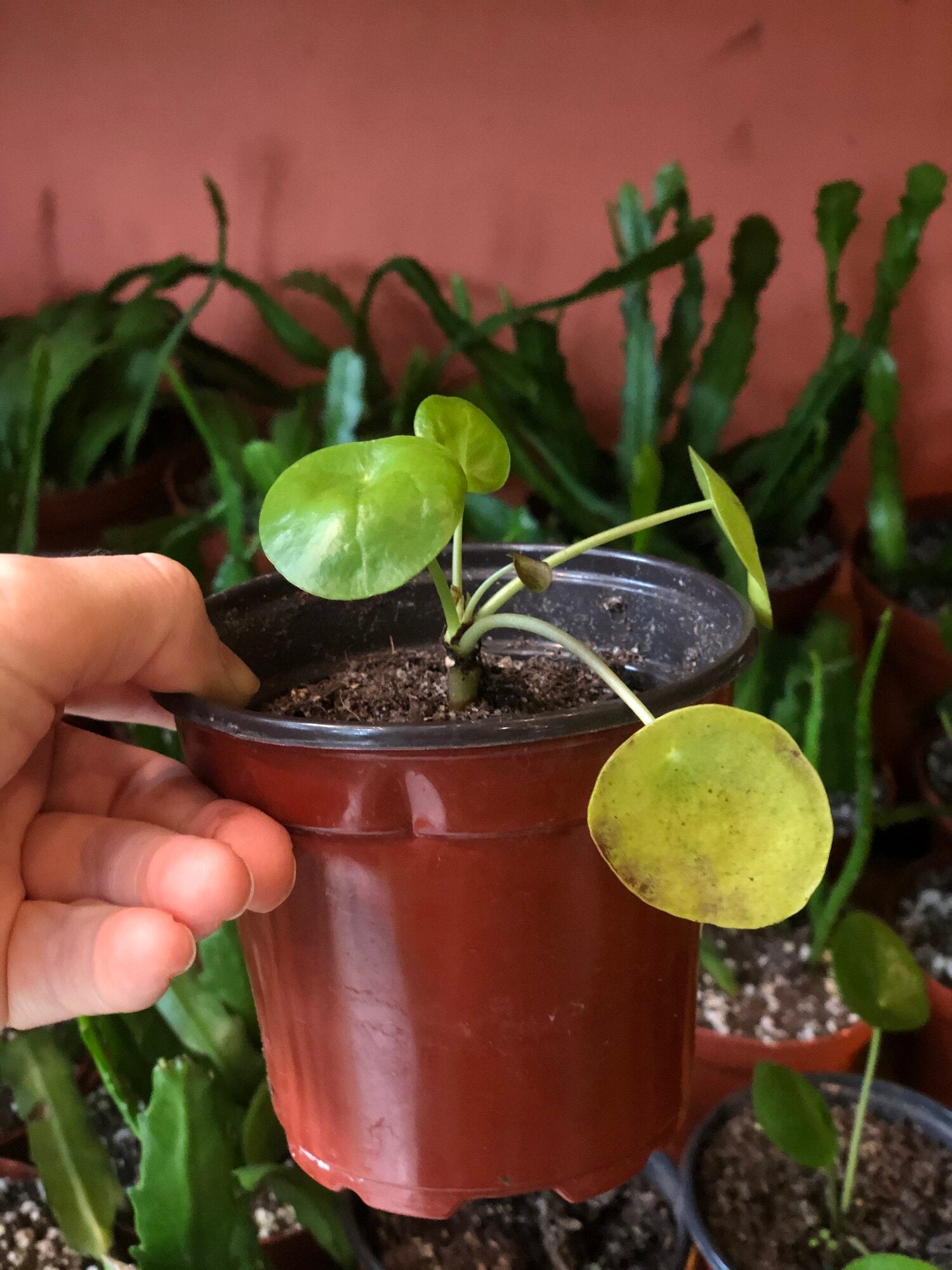
New Plant Parent Survival Guide
Congratulations! You’re here because you’ve picked up a new plant friend! Perhaps this is your first ever, or maybe just the first one in a while, after that one time you impulse bought that cute succulent and it instantly died, or maybe it’s a plant that has been on your wishlist for a while so you are really committed to not messing it up. Whatever the reason, we’re here to help quell your new parent anxieties and help you (and your new plant) survive the first few weeks of bringing your plant home!
First things first, introduce yourself to your new plant. Get to know it’s name, what it needs, and how it will fit into your schedule. Next, Google it! Look up pictures of this plant that are floating around on the internet, how does it grow? What will it look like in a year, five? Where does it come from? What is its natural environment and how can you replicate it as much as possible? By being a little curious about who your plant is initially, you will be less likely to be surprised by some normal behaviors your new plant friend exhibits as it grows into your space.
Be sure to review the advice sent home with you from our team and heed it! It can be easy to get home and decide the plant looks better in this corner instead of on your bookshelf, however, those light situations may vary drastically and it might make the advice you were given in the shop confusing or null. If you take a look at your care guide and some of the terminology is confusing (like bright, indirect light) review our resources for a refresher!
Let’s say you bring home your new friend and all is going peachy for a couple weeks, you’re confident and informed, you’ve got watering down pat, but leaves are yellowing and falling off? Yikes! SOS!

Couple bumps and bruises, but still good!
Don’t panic! All plants go through an acclimation period* of a few weeks whenever they go through a drastic environmental change. Not that long ago, this plant was in a sunny greenhouse with all their friends, the temperature and humidity were constantly monitored to be perfect, and they were provided a steady stream of nutrients, perfectly mixed for them. Sounds nice right? The journey from greenhouse to your house is a lot of change in a short amount of time for an organism that is used to being bound to a single location for the entirety of their lives!
The stress of moving around and adjusting to a new home can show itself in many ways, but the most common is yellowing leaves, almost always exclusive to the lower leaves, and leaf drop. Both are completely normal and should be limited to older growth and should subside after a few weeks. This is mostly due to the plant recalculating its energy input (how much sun it's getting) and shedding any leaves that are too far from the sun or too old to sustain. So long as your new growth looks healthy, your plant will fill back out and grow into your space in time.

Small brown areas on the tips of leaves, especially on older growth can be treated as split ends, just trim off if unsightly!
Your plant may also wilt a bit, or display some seemingly confusing behavior with regards to watering. Again, this is totally normal. Have you ever felt completely full after a long car ride even when you know you should be hungry? Sometimes this is how our plants feel after their long journey. Some become ravenous for water after a stressful event and eventually even out into a more regular schedule, while others slow their uptake entirely and might not want any more water until they figure out what's going on!
This is why it's important to be familiar with your new plant friend in their first few weeks and check in on them and their progress regularly. It can be tempting to change course and overwater or excessively move the plant around to new locations within your home at the first sign of acclimation. Resist this urge! The best thing you can do for your plant is be consistent and ride it out.
Something to keep in mind is that your plant will most likely not look exactly the same after three weeks or three months in your home, as it did in the greenhouse, or even the shop. The plant will grow into your space and change to fit the environment. I believe this process can be the most exciting part of plant ownership, creating a personalized specimen! None of your plants will look like anyone else’s because no one can care for it exactly like you!
If you feel like your plant is having trouble beyond acclimation stress, you can always reach out to us and we can help determine what might be going on, you’re not alone out there!
*https://ipm.missouri.edu/MEG/2016/11/Houseplant_Acclimatization/

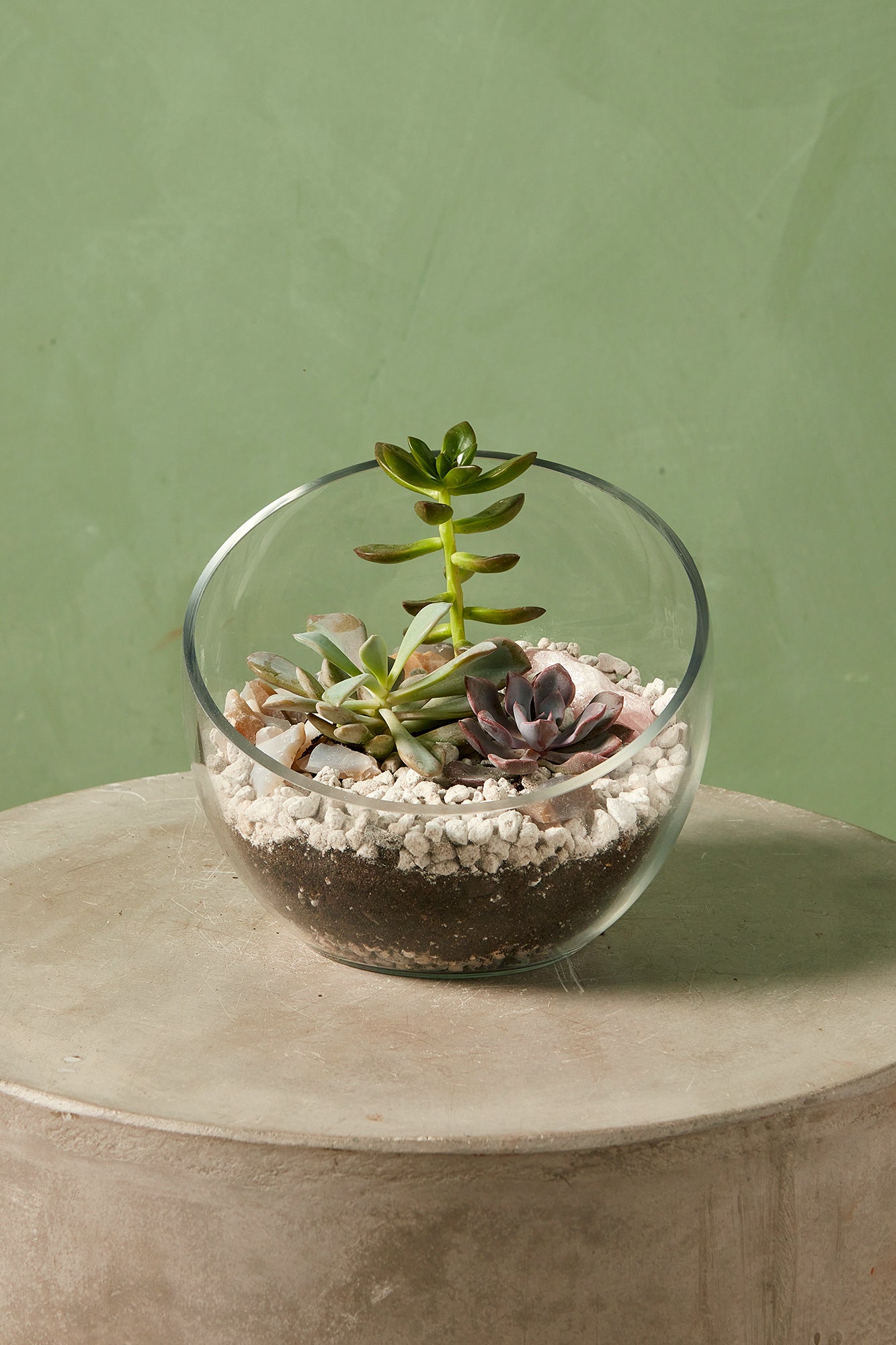
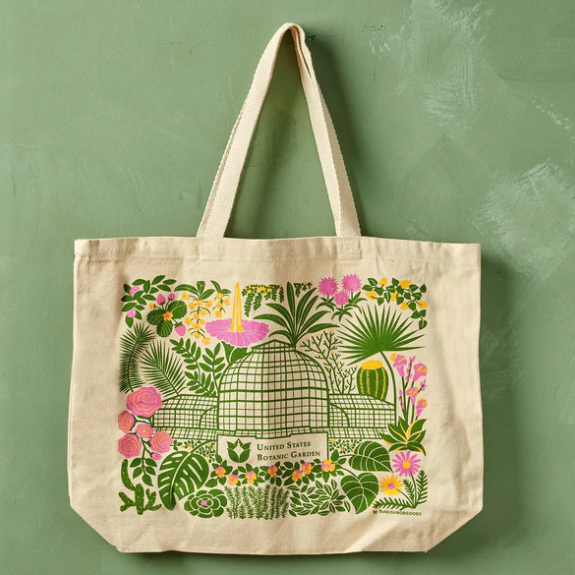
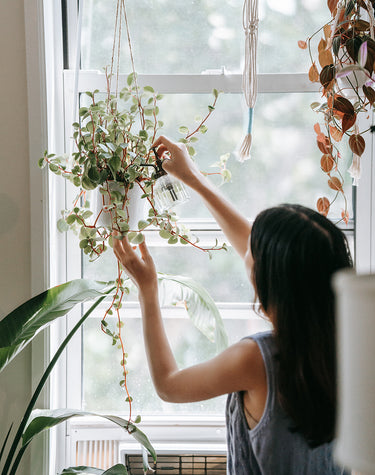
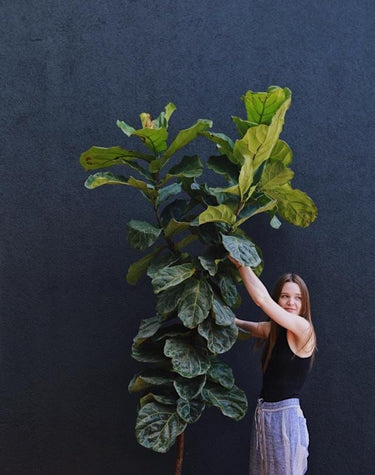
Leave a comment
This site is protected by reCAPTCHA and the Google Privacy Policy and Terms of Service apply.